We recently moved to the Ozarks from Alaska. One of the things I really missed while living in Alaska was the sound of frogs in the spring and summer. Their calls mean two things to me- pristine environment and warm weather. Arkansas, with its clean water and warm climate is a frog and toad paradise harboring 23 species! My wife, Melissa, and I spent the winter making this frog heaven a little bit better by building a frog pond. So far, it has been a great success!
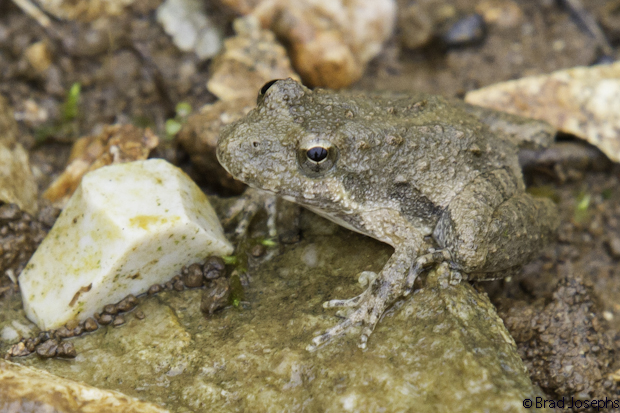
Frogs are vulnerable to environmental disturbance and pollution. Their presence is a bio-indicator of clean water and a pristine ecosystem. Their calls in the spring and summer add atmosphere to the land, and they are deadly at controlling insect populations. This is a tiny Blanchard’s Cricket frog.
We chose a spot at the bottom of a rocky outcrop that was already a naturally wet, as groundwater drips down well after a rain. Unfortunately there was a giant mound of clay right where we wanted the pond to be. I initially tried moving it with shovel and wheel barrow, but that was futile- clay is really hard to work with. A neighbor offered to scoop it out with his tractor and bucket, and also dug out a pit a few feet deep.
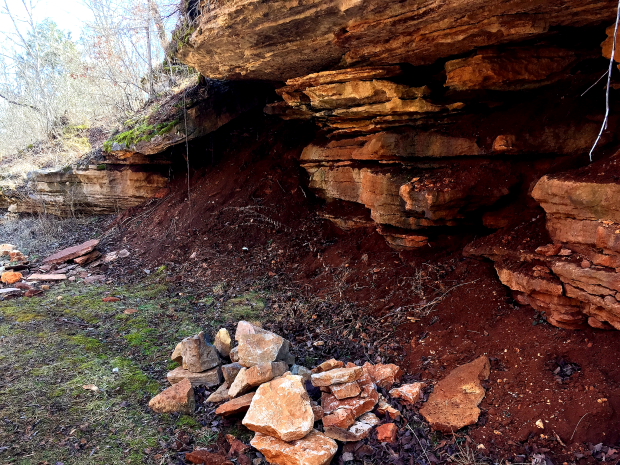
This unsightly mound of clay was our choice for the pond location. But clay isnt easy to move!
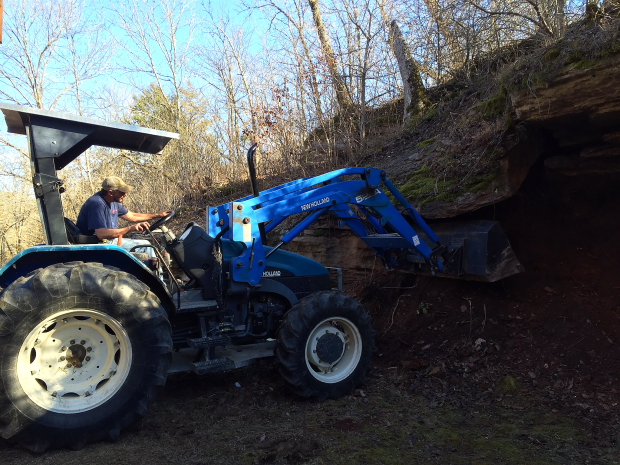
Our neighbor Jerry Killabrew brought is tractor to shave off a few years of hauling loads of clay by hand.
We wanted to the pond to be raised above ground with a stone wall so throughout the entire winter we collected large rocks from the countryside. By March we had an enormous pile, big muscles and sore joints. We asked a neighbor if could collect some rocks on his land and he laughed and said “sure, Arkansas grows rocks!” If you want to do a masonry project, you can’t be in a better place!
During the late winter we got regular doses of rainfall and our pit turned into somewhat of a nightmare. It filled with water and the clay bottom turned into boot sucking mud. I used a water transfer pump daily to move water out, and tried my best to dig out the heavy, wet clay. This wasn’t our favorite part of the project Once wet, clay particles expand and create nature’s best waterproof seal. Although this large mud-puddle would eventually become a frog hangout as it was, we wanted a more aesthetic body of water since it was right next to our house. We went to work one day and built our rock wall around the mud pit.
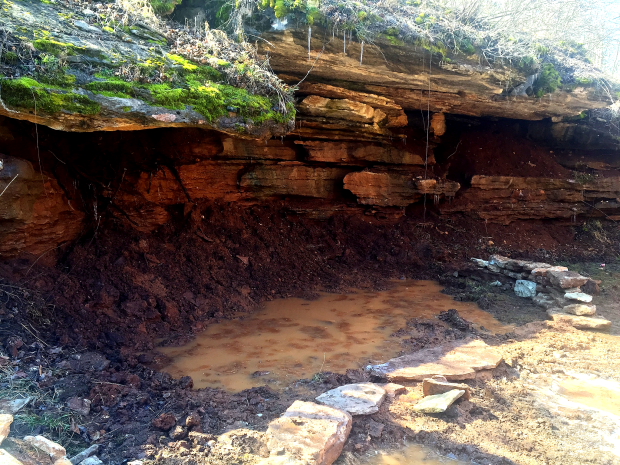
The rock wall is taking shape around our dismal mudpit.
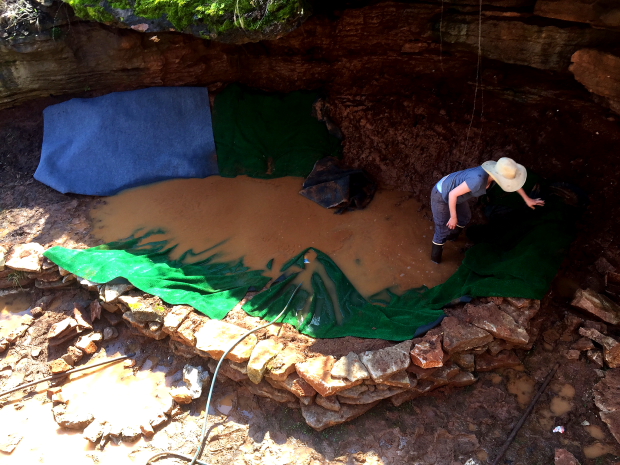
We placed astro turf in the bottom to provide protection for our pond liner from rocks on the ground.
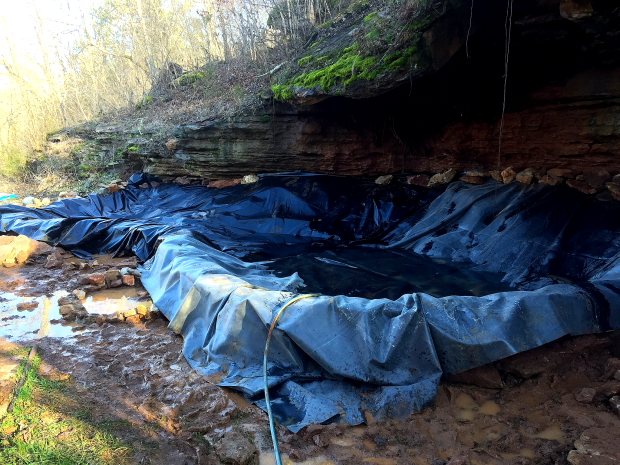
The pond liner was spliced and cut to the right dimensions, and moved into place with the help of 4 neighbors.
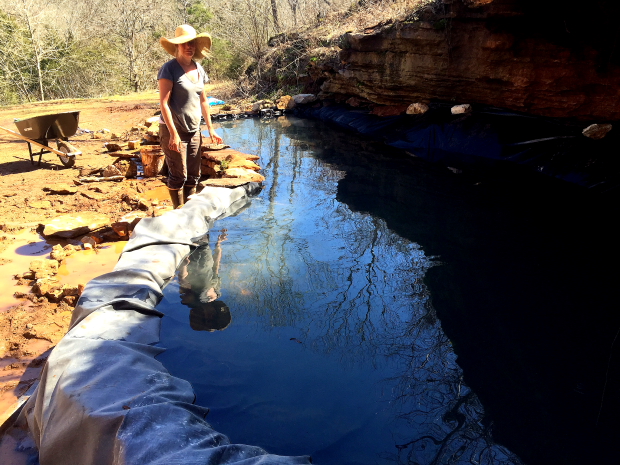
Shes holding water!
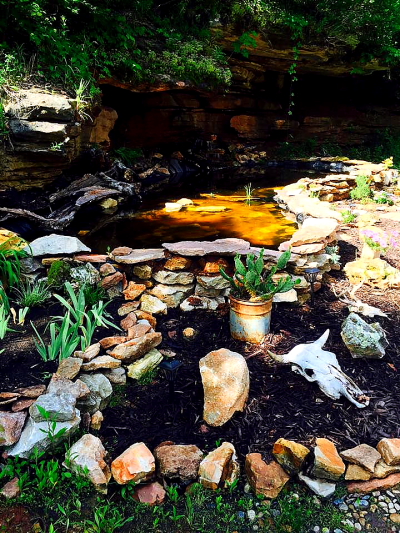
Looking good! We brought in aquatic mossy rocks and logs from nearby creeks and ponds. Soon diving beetle and water striders appeared, which must have hatched from eggs in the logs.

View from our porch above in late May. The water color looks natural, and aquatic plants are off to a great start.

We built a waterfall, powered by a circulation pump to aerate the water, as well for aesthetics. Lots of wet, mossy rocks should provide refuge for all kinds of reptiles and amphibians, especially when its gets hot and dry later in the summer.

Mysteriously the pond became home to hundreds of tadpoles! There are no predators there yet, so this ideal nursey is going to cause a major baby boom of frogs and toads. Tadpoles are mostly herbivorous, and become voracious predators once they become adults. They eat algae and decaying plant material, and do an amazing job keeping the pond clean! We throw in spinach that has been frozen, moss and leaves to supplement their food supply.

Lots of Blanchard’s cricket frogs can be found in the wet soil and damp rocks around the pond. These tiny guys are constantly calling as well. They sound like little metal balls clicking together. So cool!!
I will post an update on the ponds progress when I return to Arkansas in August after guiding in Alaska. I can’t imagine how lush and green and full of creatures it will be by then. This project was a tremendous amount of physical work but it feels so good to see that we provided a breeding ground and a safe nursery for so many frogs so soon. Because of wetland habitat loss, and pollution, frogs have and will continue to struggle in the presence of man. The big corporations like Monsanto dont want you to know that using roundup and other herbicides, and insecticides are devastating to frogs and toads. These amphibians have extremely permeable skin and the poison soaks right in and causes a number of problems and even death. We like to have frogs around, so we pull up weeds with our hands, tolerate insects, and spent the winter building a frog pond. I encourage everyone to do the same! Enhancing habitat to benefit native species can be done in any backyard.
Learn more about Arkansas frogs and toads, click here
Become a frog conservationist with Frogwatch USA!
Click here to read how Monsantos Roundup weed killer is causing frog extinction!

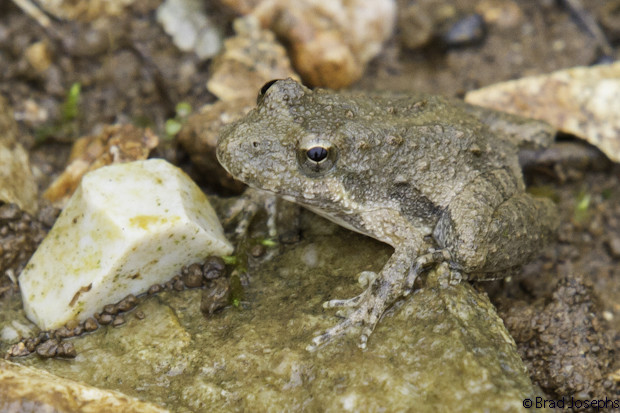

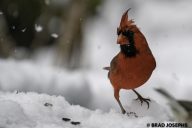
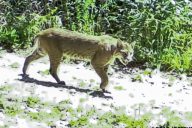
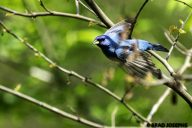
2 Comments
What a wonderful story and one I am interested in following. Other than man who are their natural predators?
You and Melissa have done an inspiring job. Congratulations
Frog love pond it is not hidden. Keep your pond fresh to attract them and for its liveliness Pondpro2000 is enough.